What Couture Seamstress Laurel Slone Has on Her Bookshelf
If you haven't heard of Godey's Lady's Book, then strap in.
This is the first installment of My Fashion Bookshelf, a recurring feature where I visit interesting creatives to learn about the books that influenced their sense of style and approach to the world. First up is Laurel Slone, a couture seamstress based in Prince Edward County, Ontario, who also happens to be my mom. Growing up with a parent whose entire life revolves around sewing clothes—both for herself and other people—influenced me in immeasurable ways. Over the holidays she shared with me a list of the most precious books on her shelf that have influenced her over the course of her life.
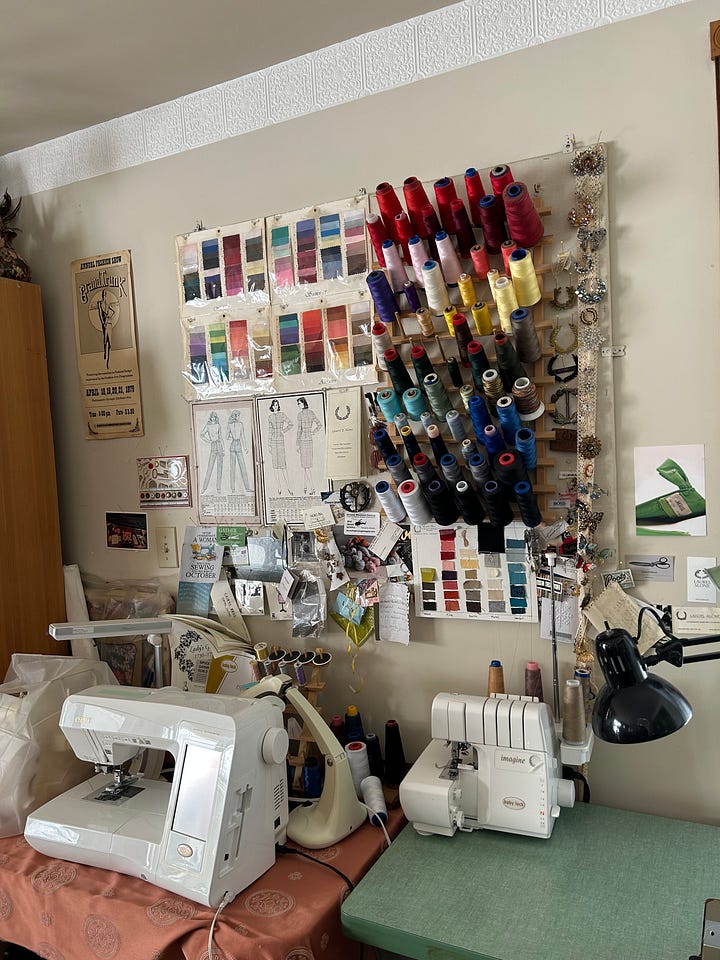
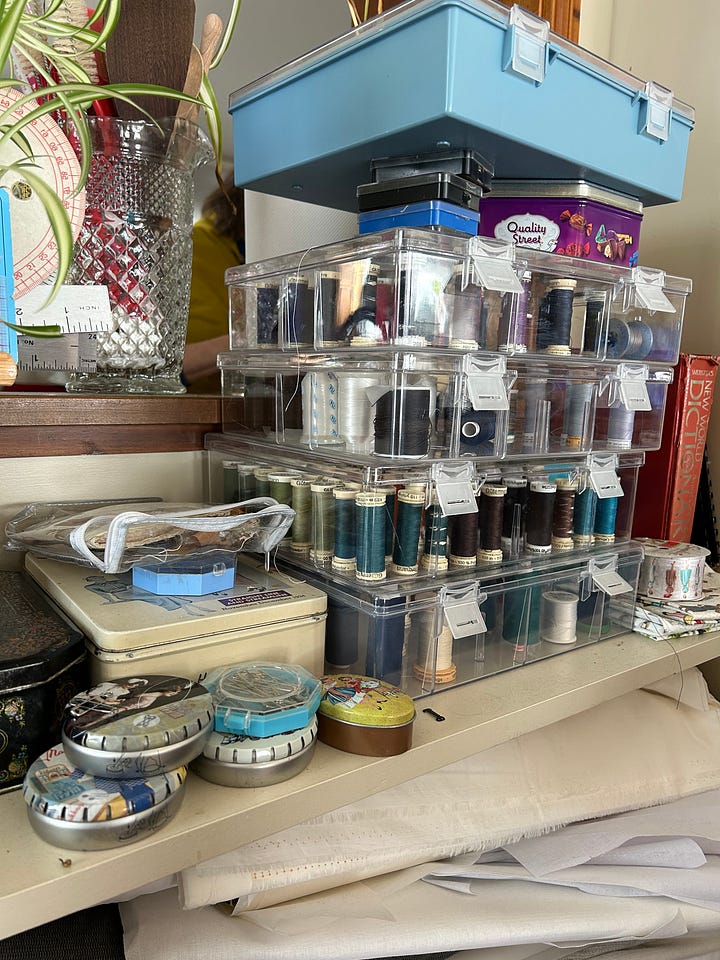
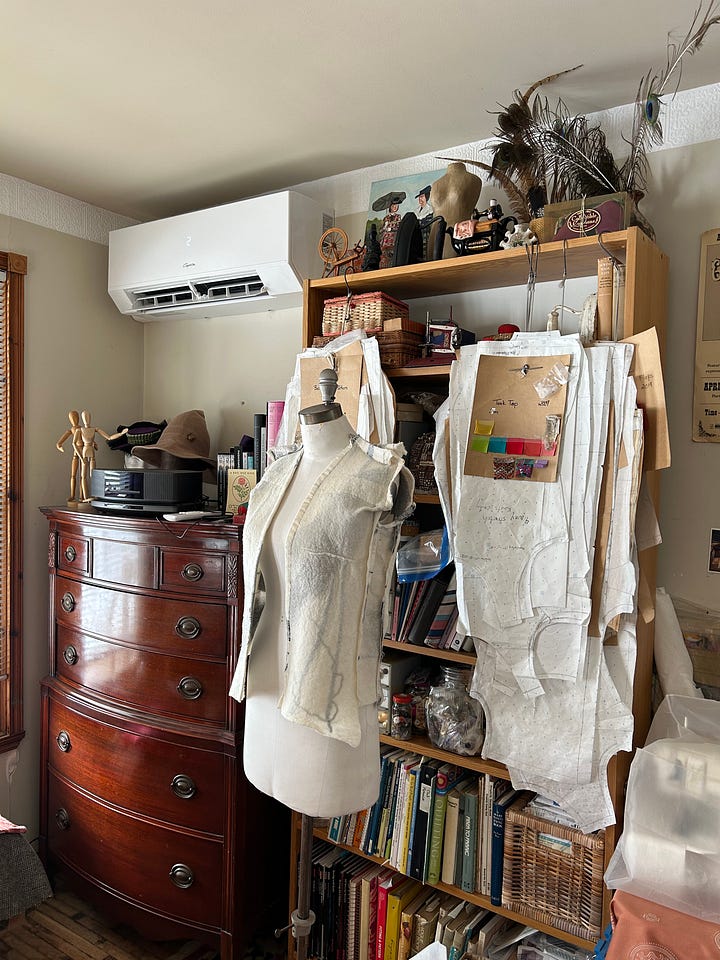

But first, an accounting of clothing that either my mom has sewed for me or helped me sew over the years.
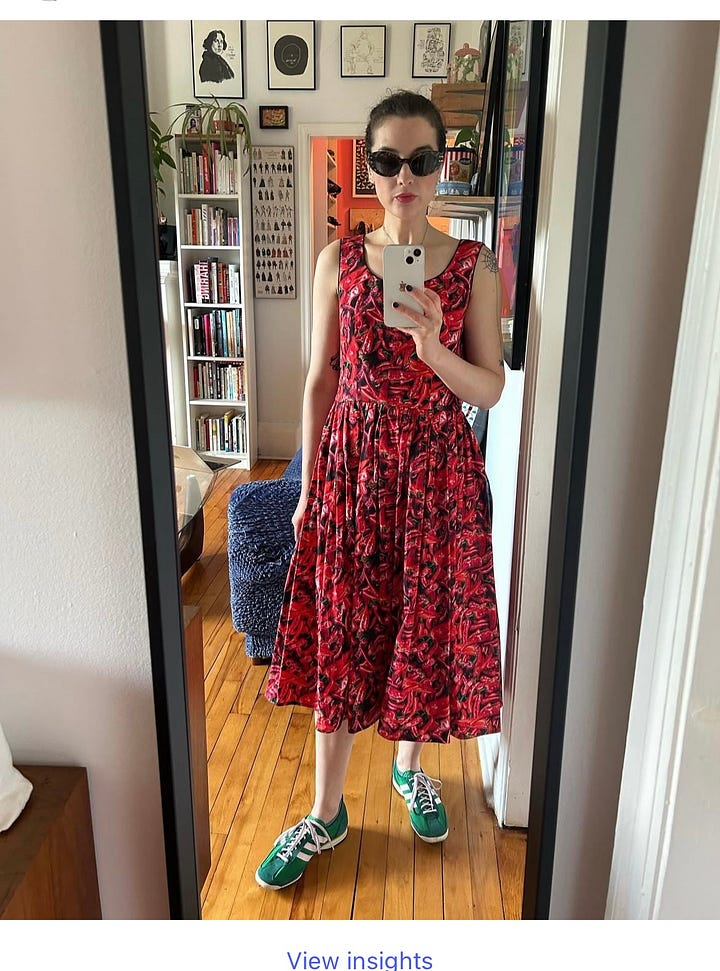
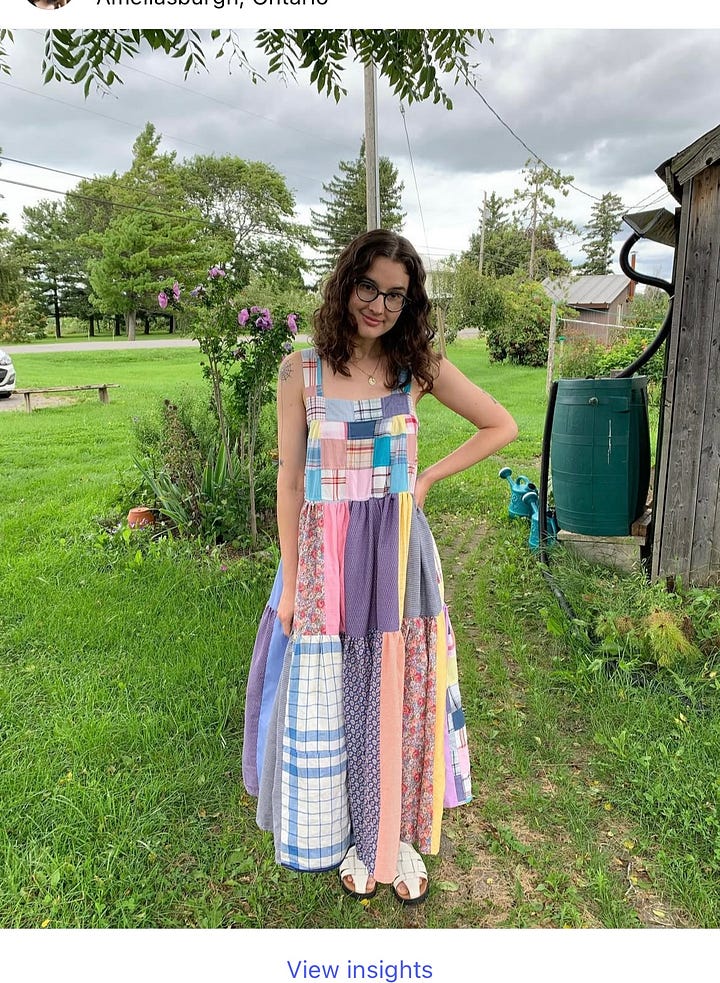
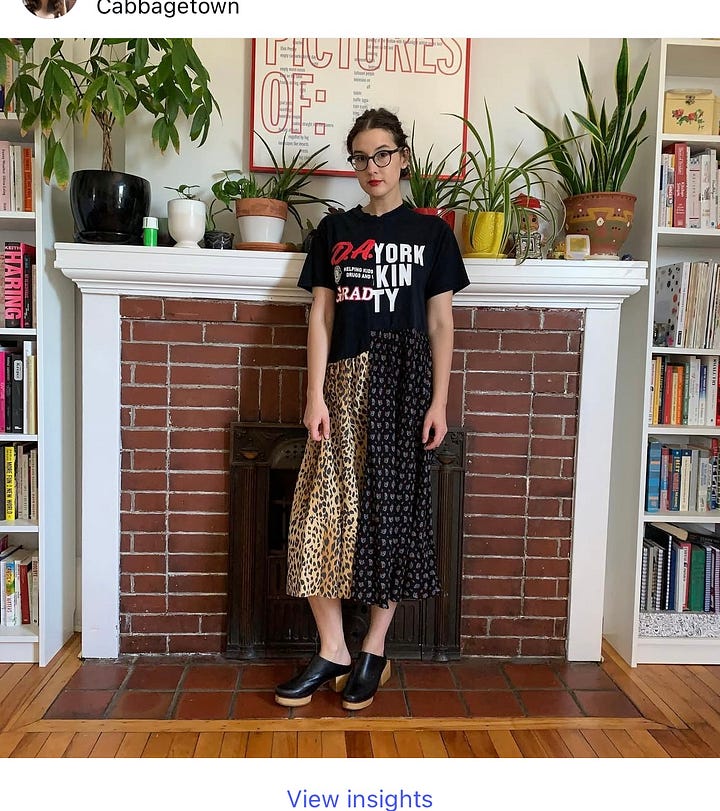
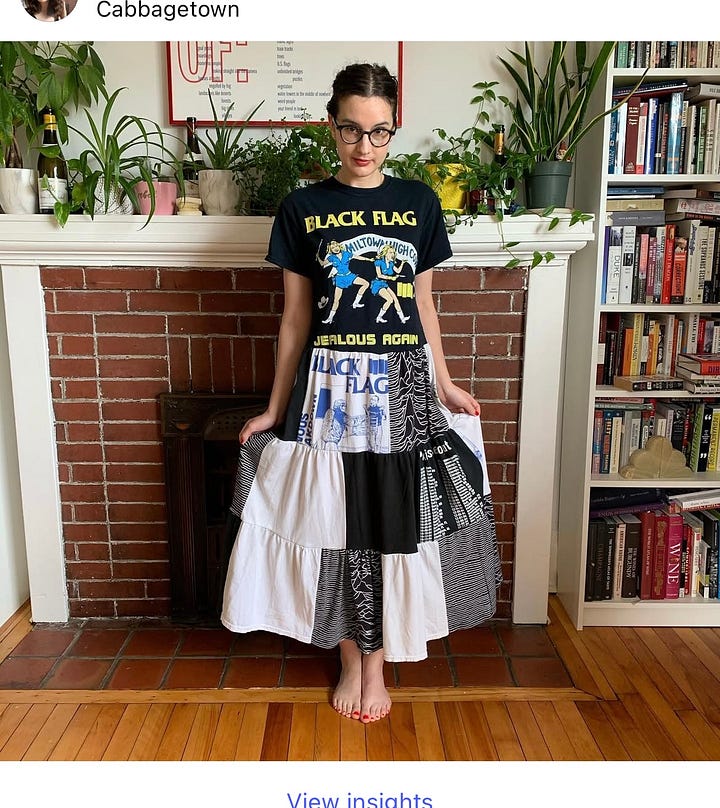
The lesson here is that my mom is extremely cool, unbelievably talented, and knows more about sewing than just about any other living being on the planet. Read on for her top bookshelf picks.
Silver and Gold by Norman Hartnell (1955)
When I found this book, I had just finished watching a movie called The Gown, which tells the story of the wedding dress that designer Norman Hartnell created for Queen Elizabeth II. One of the ladies in my sewing group told me about a woman having a fabric sale, and I found this in the bottom of one of the bins. I bought some fabric just to make her feel better, but this book was really the only good thing. I love his designs and learning about all of the embroidery and beadwork that was all done by hand.
Godey’s Lady’s Book (1862)
This is the real deal. Godey’s Lady’s Book was a popular magazine from the Victorian era that covers not only the latest fashions but music, art, fiction, and recipes from the that era. A friend from my sewing group in Kingston was cleaning out her bookshelf and gave it to me. It’s very rare and quite intact. You can see here in the inscription that this was given to Elizabeth Lundy, on February 15th 1863. It’s a compilation of all the magazines published by Godey’s Lady’s Book in 1862. There are ink prints of all the popular fashions of the day.
When she was getting rid of it, she told me the antique dealer told her the prints could be taken out and framed. She was horrified! This era is fascinating to me because so many new things were invented that changed the way we dress: rubber, elastic, iron for crinolines. The invention of aniline dyes opened up a huge new range of colours people could wear. It was a time of big change and big dresses.
Dress Design: Draping and Flat Pattern Making by by M. S. Hillhouse and Evelyn A. Mansfield (1948)
I picked this book up at Britnell’s just north of Bloor on Yonge Street when I first moved to Toronto in 1983. It’s from 1948 and shows you how to make patterns for all of the beautiful designs from the 1940s. I love pattern making even more than I love sewing because you can create anything you want. I’m attracted to this era because I love the voluminous fit of the clothing. After WWII, clothing became quite luxurious and full. It’s just a beautiful book.
The Mary Frances Sewing Book: Adventures Among the Thimble People by Jane Eayre Fryer (1913)
This book was originally published in 1913 and is a children’s story book for young girls who love sewing. I learned about it in Victoria Magazine in the late ‘90s because a publisher in Berkeley, California had reissued the book. I tried to order it at the time and they wouldn’t send it to me in Canada, so I ended up finding this copy at a sewing show I went to in Michigan in the early 2000s. I love the dedication: For all the girls who love to make pretty things. If I had read this book when I was little I would have loved it so much.
The Vogue Sewing Book (1970)
I bought this before I went off to college in 1980. It was my reference book, it covers everything you ever wanted to learn about sewing. The information is just fantastic and it is written in a way that is easy to understand. These crazy fashions, believe it or not, were fashionable when I was in my teenage years. A lot are the same kind of shapes you see in the 1940s.
Singer Sewing Book (1953)
This is all about helping you learn how to sew, different techniques and how to fit a pattern. It was made to go along with the Singer Featherweight Sewing Machine, which was really popular back in the 1950s. The idea was that when you were a young woman, freshly married, you’d get a sewing machine and this book would teach you everything you need to know: how to work your machine, knowledge about fabrics, gifts you can make, how to mend things, colour plates to help you determine which colours you look good in. Growing up, my mother had a copy, which is probably why I’m nostalgic about it.
The Coat Route: On The Trail of a $50,000 Coat (2013) and Threads of Life: A History of the World Through the Eye of a Needle (2019)
These are my nonfiction favourites. The Coat Route is an Australian book from 2013 about a $50,000 coat made from vicuña wool. It follows the whole journey of sourcing, weaving, buttons, everything that goes into making a $50,000 coat and how you have to go around the world to make it happen. It was really interesting to learn about how supply chains work and the worldwide market. Threads of Life tells the history of the world through sewing. The author Claire Hunter shows us how intertwined our lives are with sewing and textiles. It’s a part of us, we need to create. When Mary Queen of Scots was imprisoned for 19 years, it was all she had. Sewing can be art therapy for people too.


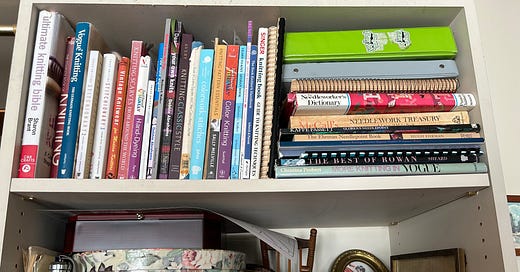



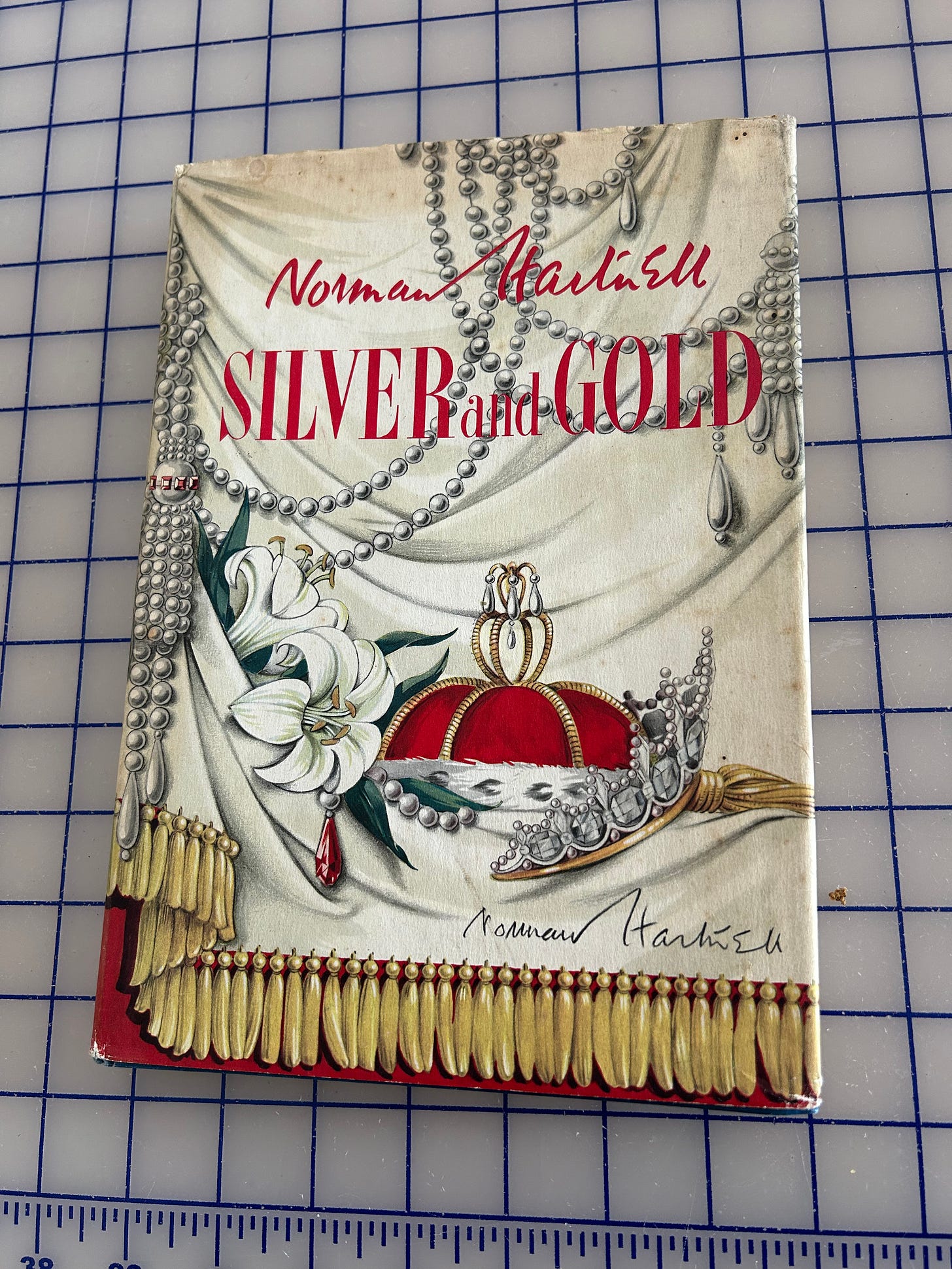
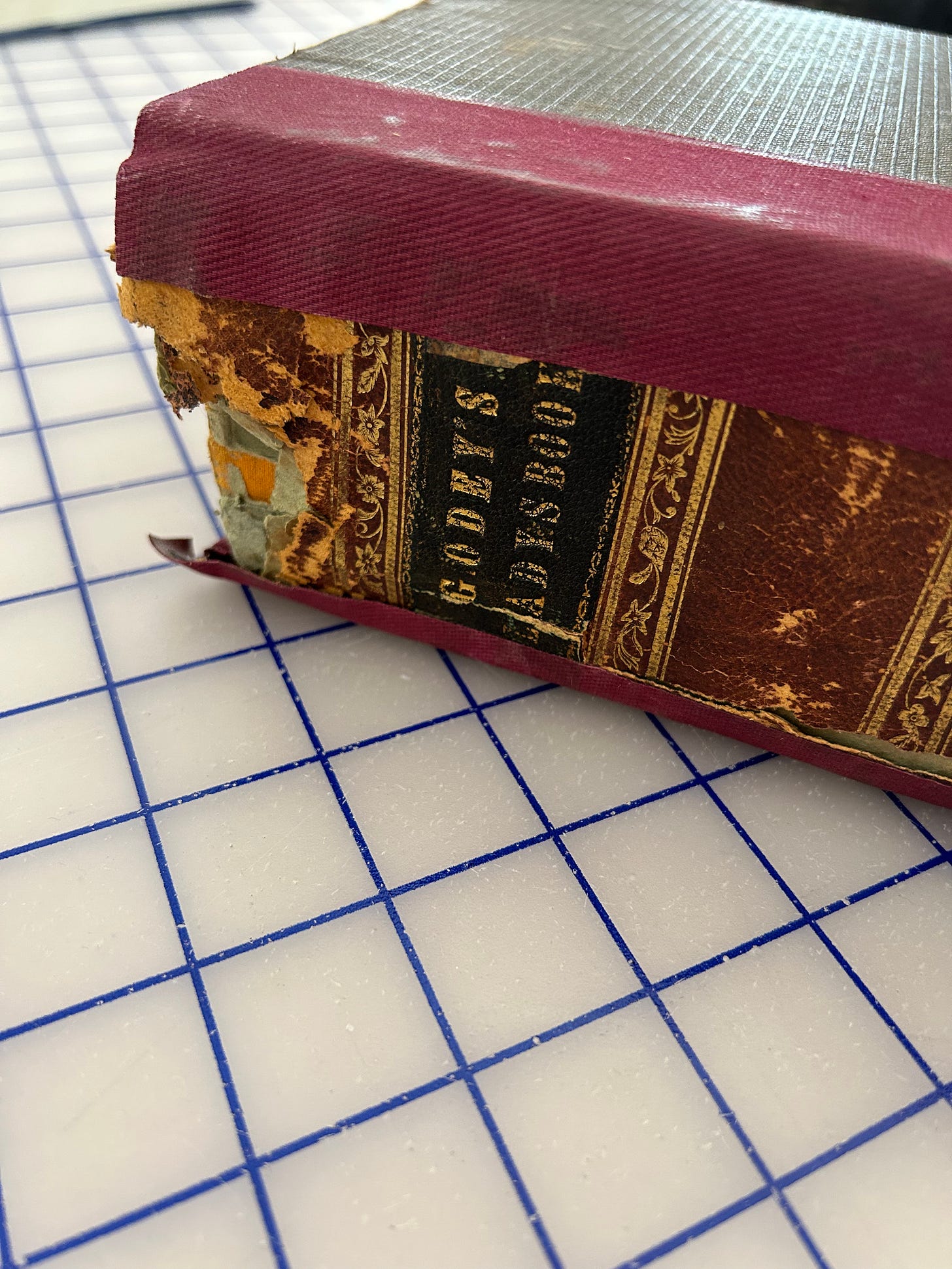


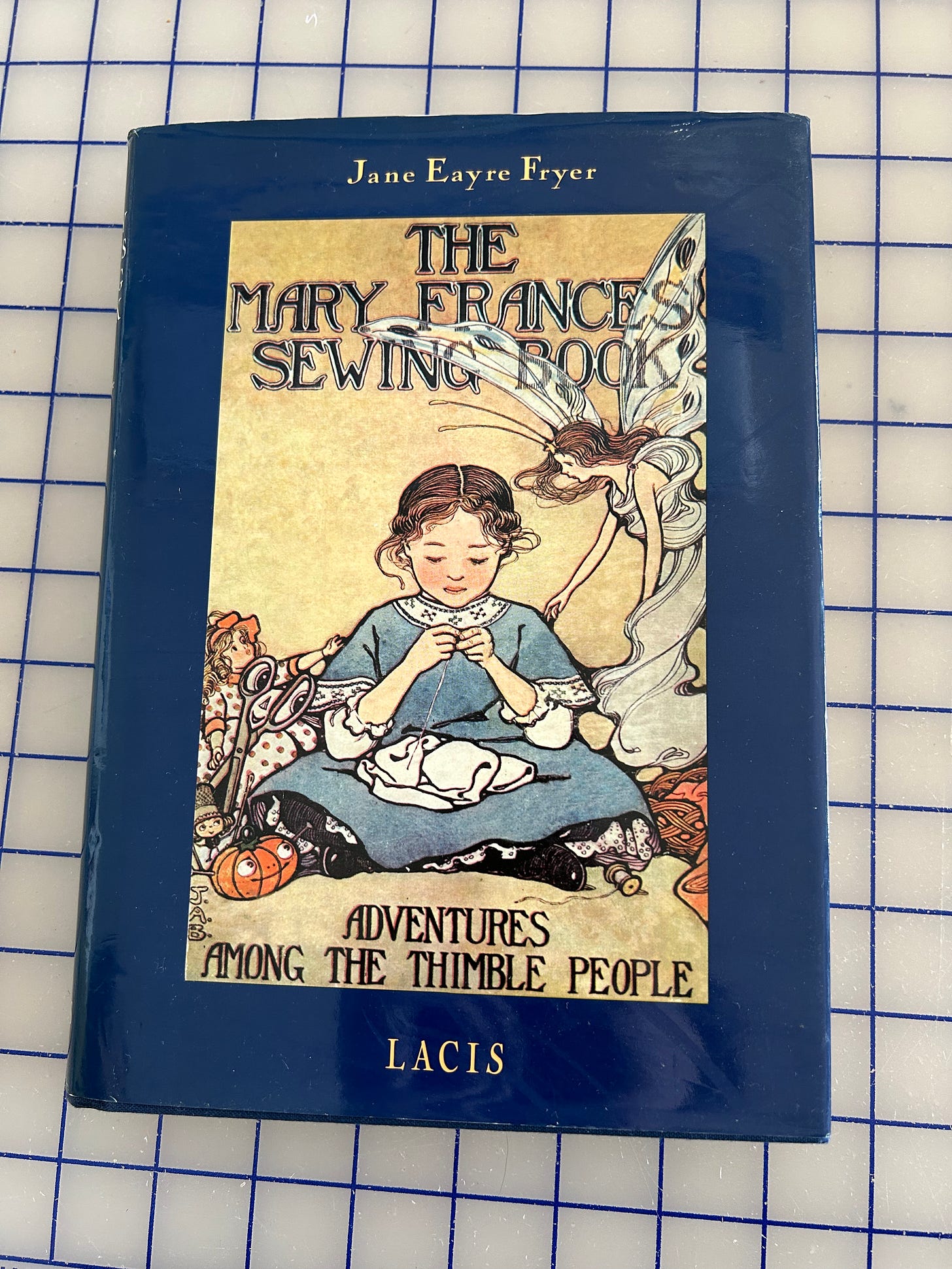
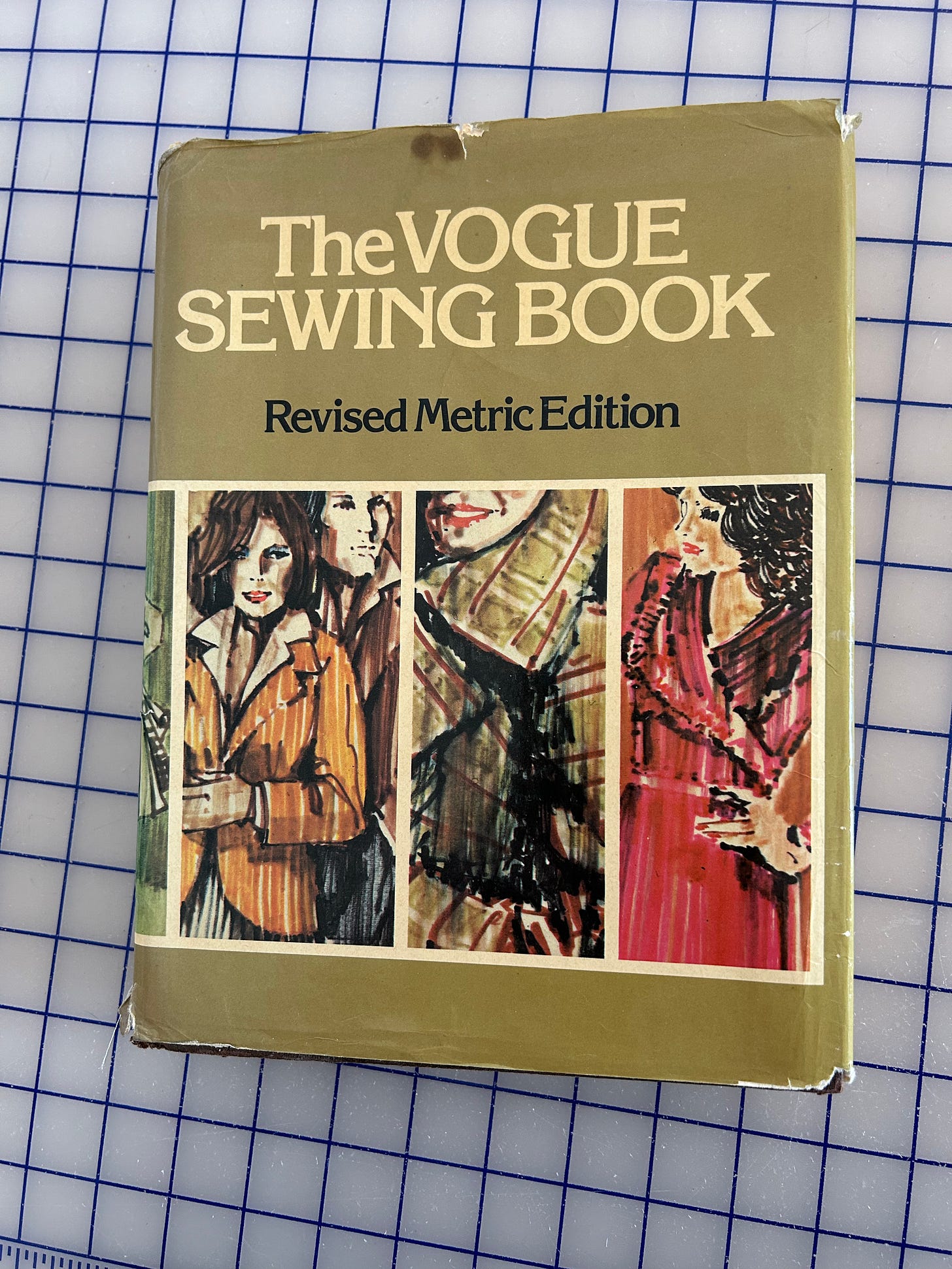

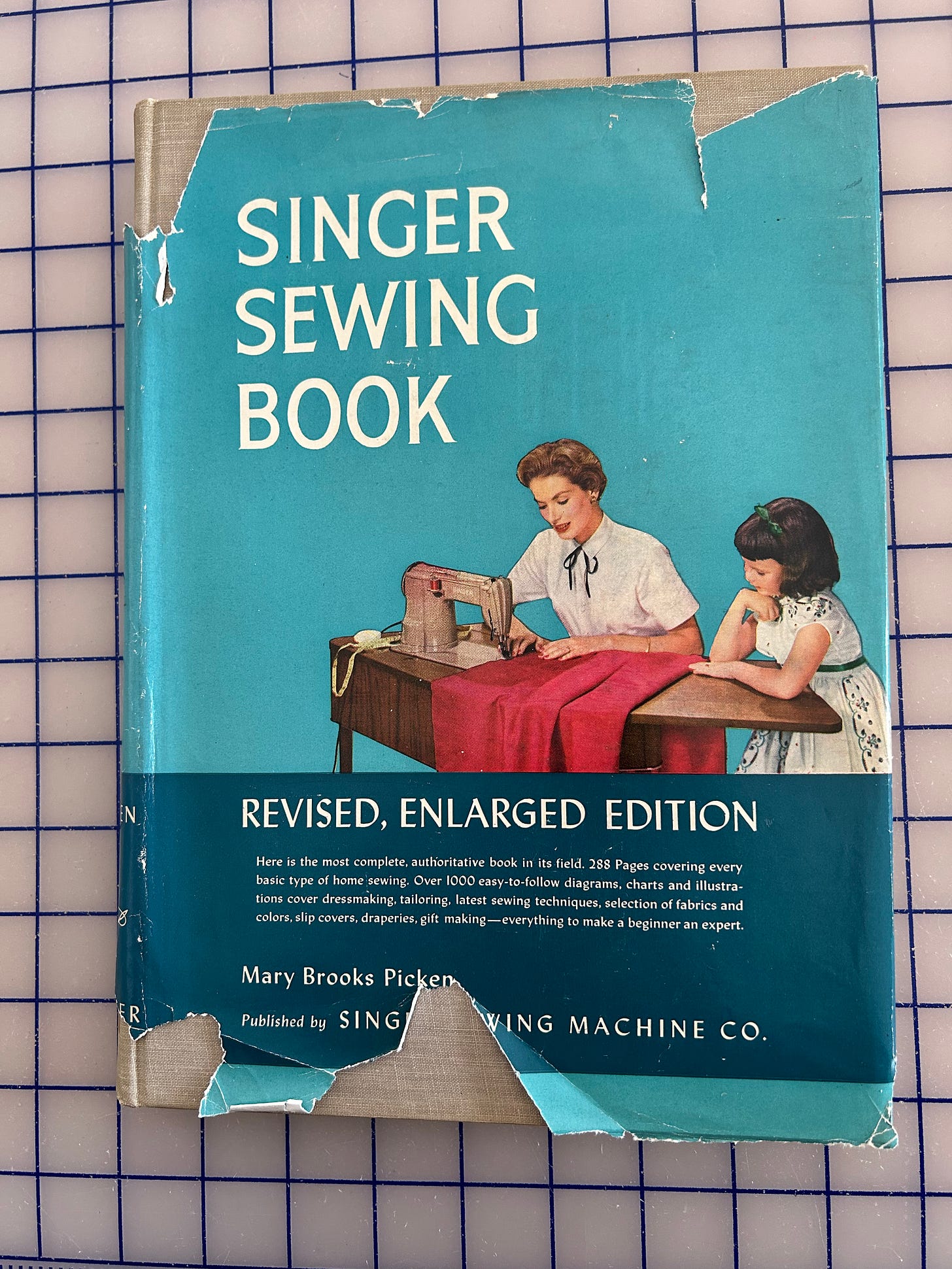
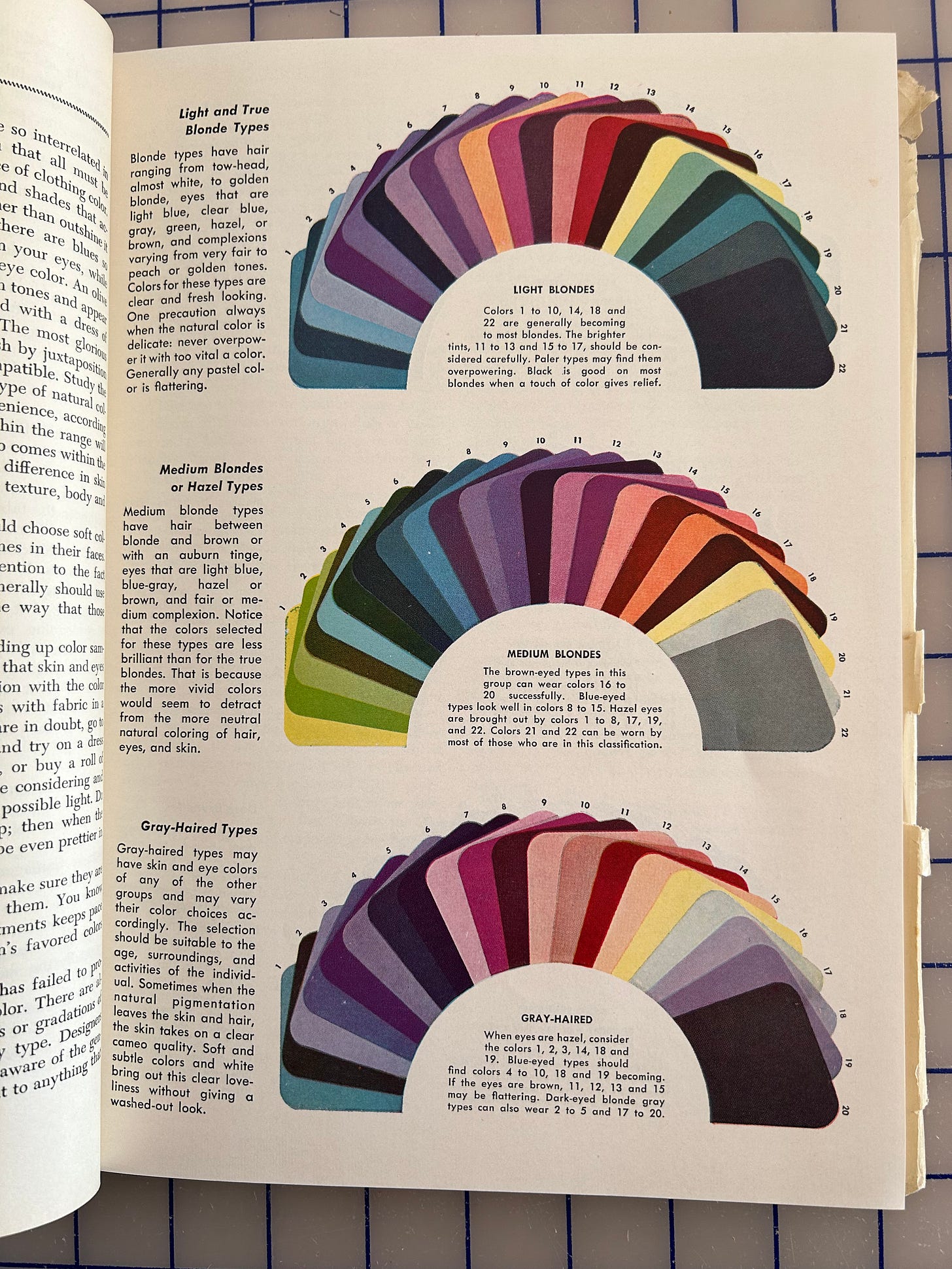
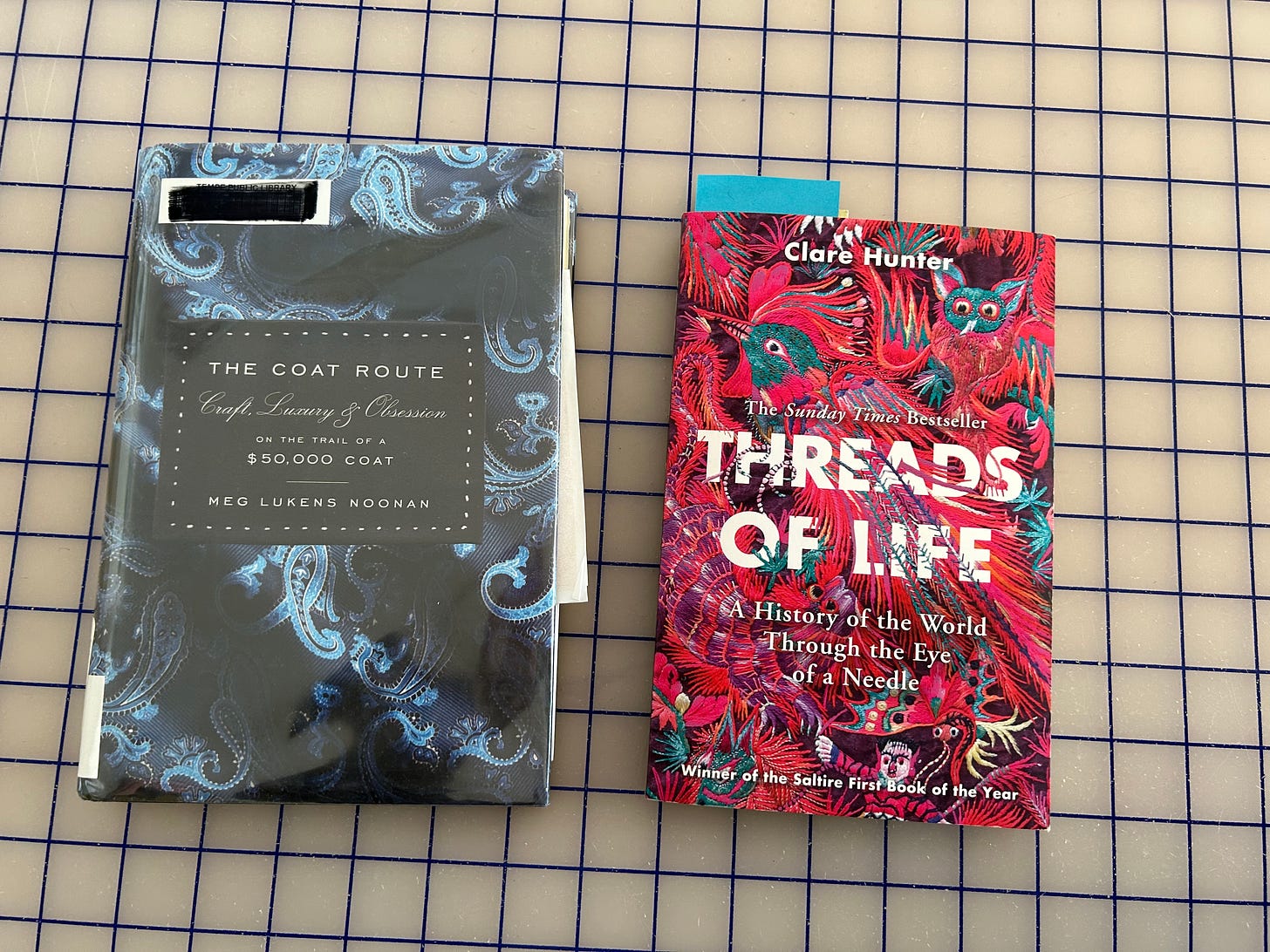
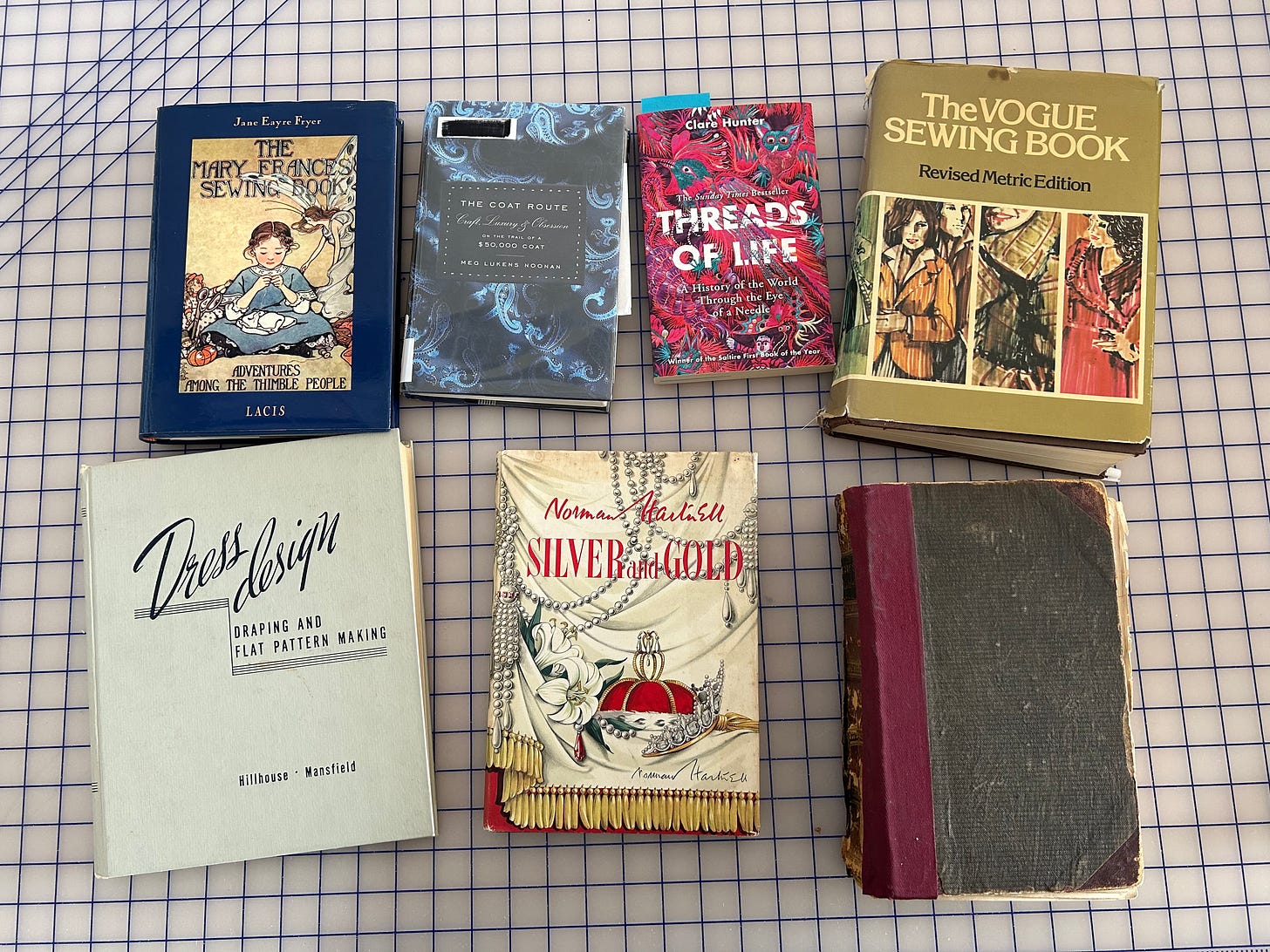
My favorite post
This is so cool!! Can’t wait to see where this series goes next. Love the mix of narrative nonfiction and older technical reference resources